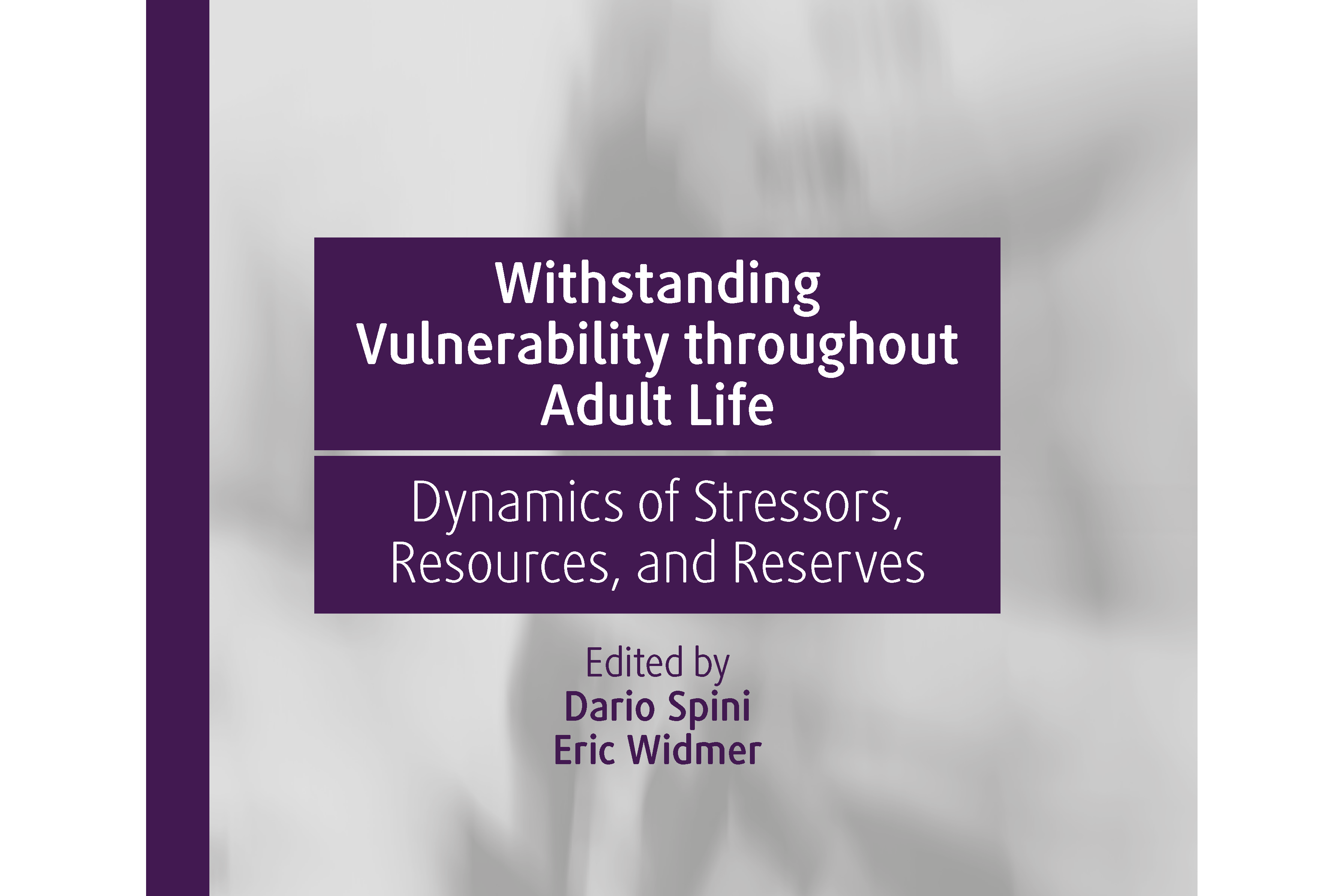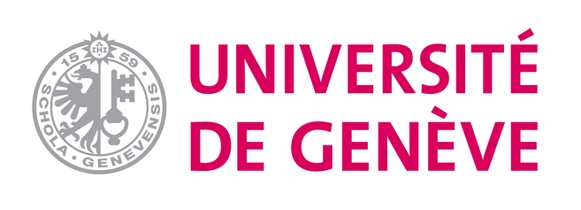The open access interdisciplinary book “Withstanding Vulnerability Throughout Adult Life” integrates the major findings and theoretical advances of a 12-year research program run by the Swiss National Centre of Competence in Research LIVES hosted by the universities of Lausanne and Geneva, within a single comprehensive and coherent publication on vulnerability across adulthood.
The book is based on the idea that vulnerability is an essential component of the life course that can inform how we use our resources, reserves and cope with stressors across the life course. It provides a unique interdisciplinary research framework based on the idea that vulnerability is a complex and dynamic process that can only be approached through a multidimensional, multilevel, and multidirectional perspective.
This book is edited by Dario Spini, Professor of Social Psychology at the University of Lausanne and Founding Director of NCCR LIVES, and Eric D. Widmer, Professor of Sociology at the University of Geneva and former co-director of the NCCR LIVES.
Order your copy on Springer website
12 years of research in 3 messages
Life course perspective in the study of vulnerability
Since the start of its research in 2011, the LIVES Centre has promoted a life course perspective with longitudinal research to study the dynamics of cumulative (dis)advantage. It has also contributed to the evolution of the definition of the concept of vulnerability, emphasising that:
1. We can all find ourselves in a situation of vulnerability.
Vulnerability is understood as an inherent facet of the human condition and no longer specific to social groups. We therefore speak of "people in a situation of vulnerability" rather than "vulnerable people", thus avoiding stigmatising certain population groups.
In this context, the concepts of 'resources' and 'reserves' are adopted by various disciplines and LIVES proposes a definition. Reserves are a specific type of resources, accumulated over time and activated as resources when facing critical events or transitions.
Vulnerability is thus defined as a lack of resources that can be induced by various factors:
- The inability to avoid stressors
- The inability to cope with stressors
- Inability to recover from stressors or take advantage of opportunities
2. Vulnerability is a process that is built up over the whole life course and must therefore be studied over the long term
Seeing vulnerability as a multi-stage process, i.e. before the stressor, during exposure to the stressor and after the stressor, allows for the possibility that a prior low level of resources may have consequences at later stages of the life course.
Vulnerability is thus not a state observed at a moment "T" but must be observed in its evolution over time, in a process of accumulation (cumulative disadvantages). The same phenomenon is observed for the constitution of reserves (cumulative advantages). Longitudinal studies can thus shed light on these dynamics.
3. Vulnerability is also an opportunity to learn and become more resilient
Although negative at first sight, vulnerability is also an opportunity to activate and/or (re)build reserves. The current state of thinking allows the concept of vulnerability to be linked to the following positive concepts: resilience / autonomy / strength.
Development of a common language
The 450 researchers who have been or are still part of the LIVES Centre have developed a common interdisciplinary language for the study of vulnerability and the life course. In order to disseminate this language within the academic community, they have created an interactive glossary which is accessible online.
Indeed, the LIVES approach links the concepts of psychological, social and economic vulnerability with social policy traditions and the life course perspective. Previously, the various approaches (sociological, psychological and gerontological) focused on specific elements of vulnerability, such as its impact on the life course, on personality or on the development of frailty in old age.
LIVES research has contributed to the development of an interdisciplinary space where vulnerability processes are studied empirically, by teams sharing a common language.
International added value
In 12 years of research, LIVES has strongly contributed to the study of vulnerability with 4 major elements
- An interdisciplinary and longitudinal approach
- A vision of vulnerability as multidimensional (linking various life domains), multidirectional (dynamic over time) and multilevel (integrating individual - micro - social group - meso - and societal - macro - perspectives)
- Methodological advances, combining longitudinal research (following the evolution of the same population), mixed methods (quantitative and qualitative) and sequence analysis (analysis of ordered social processes).
- Useful for society and policy makers, encouraging the adaptation of social policies to reduce inequalities.


